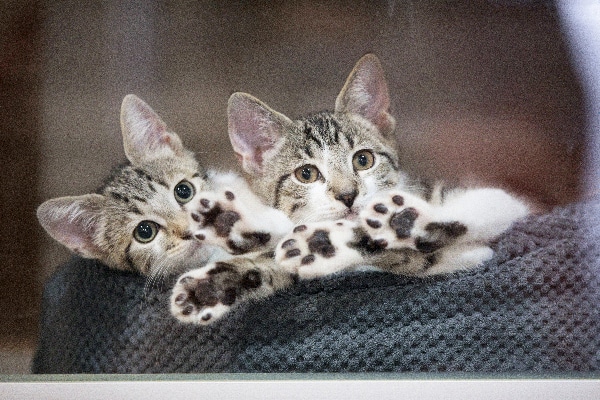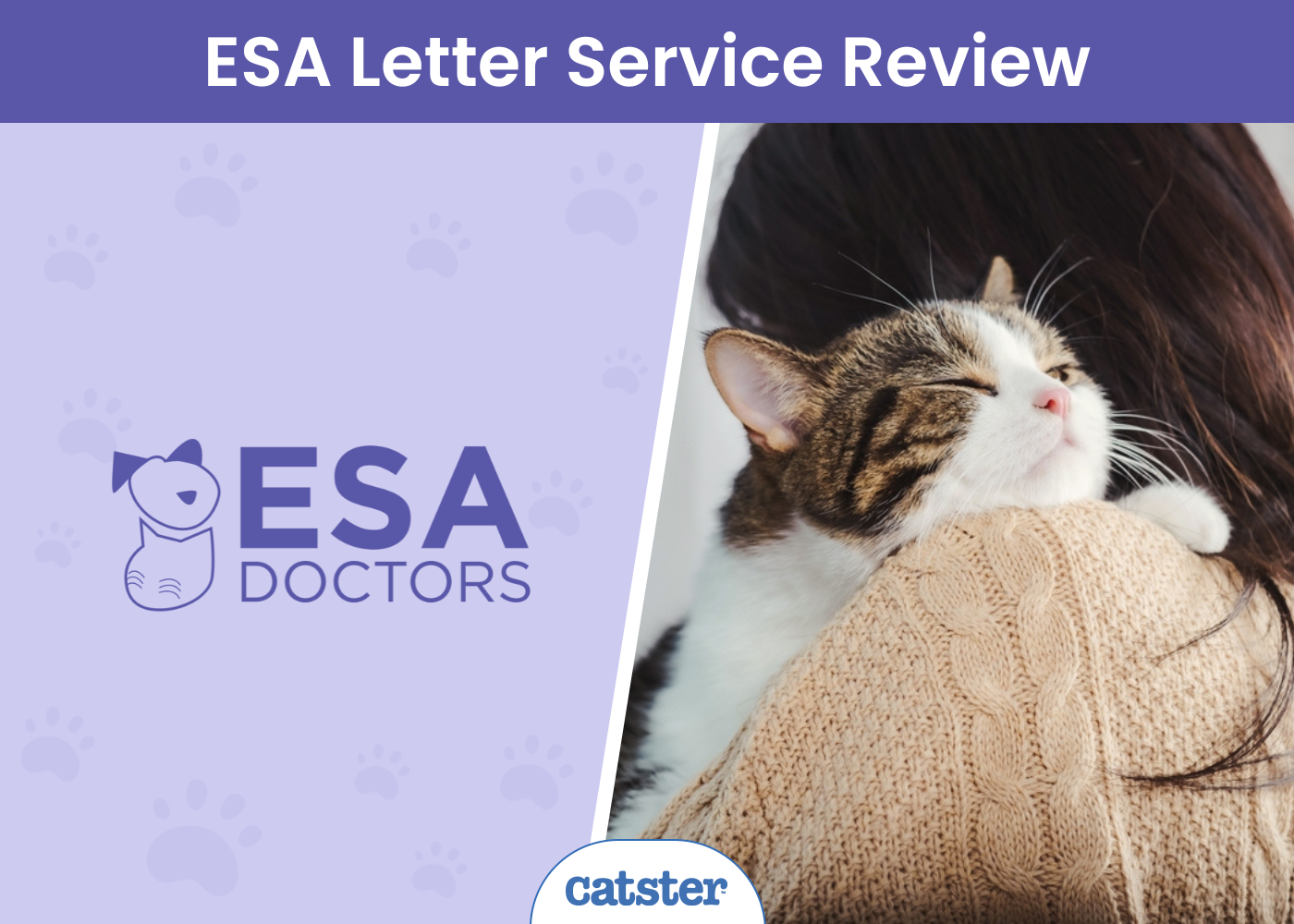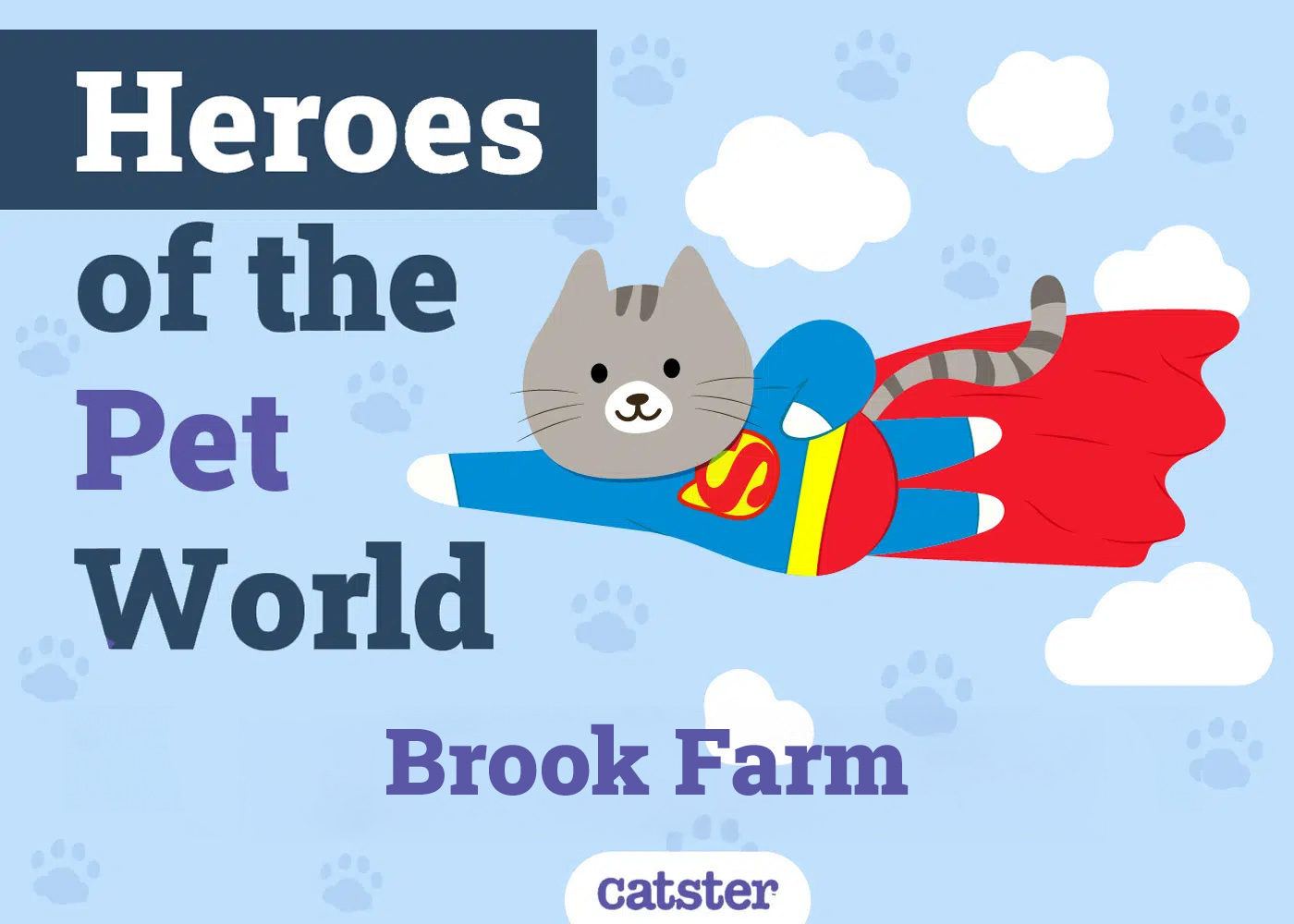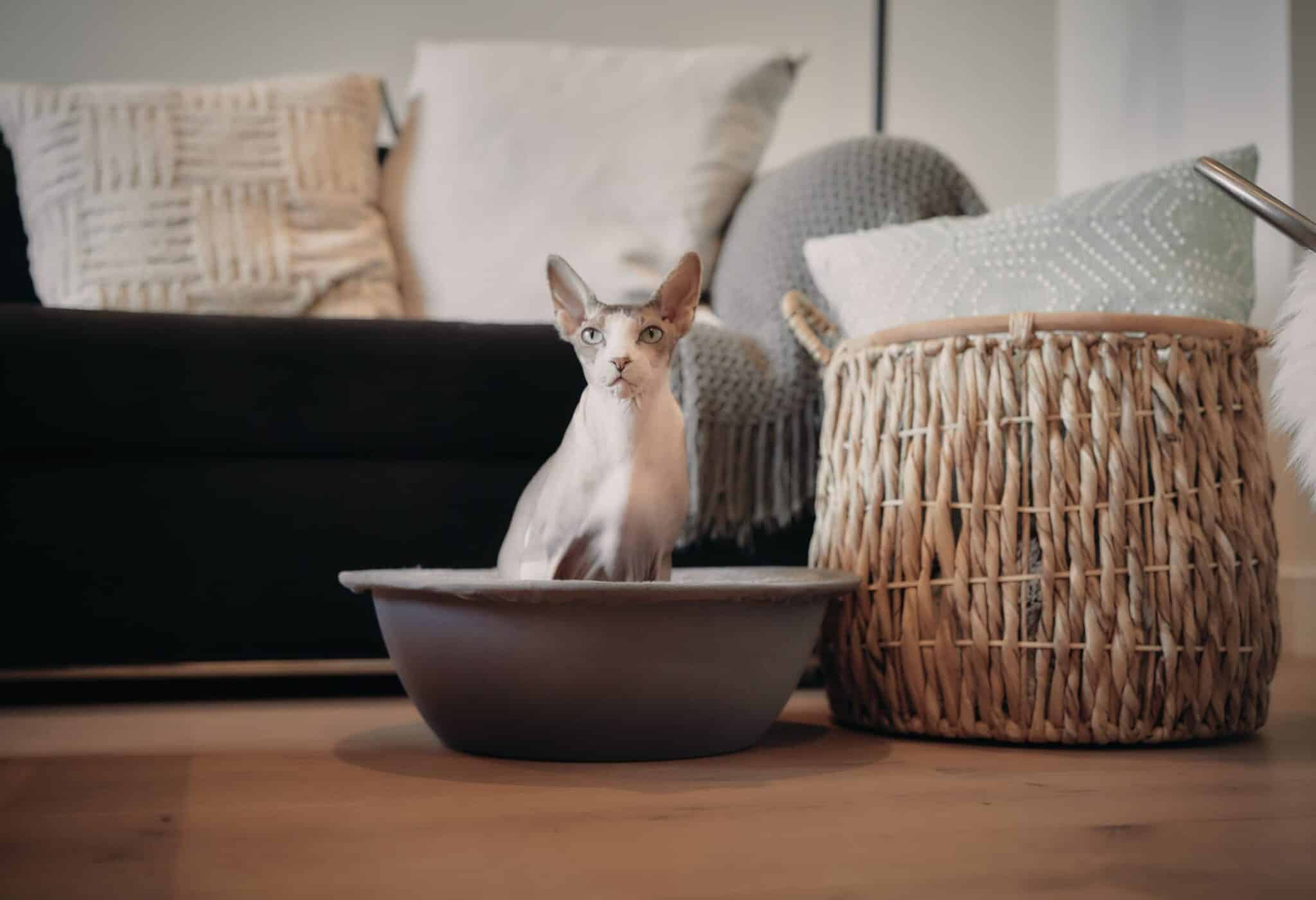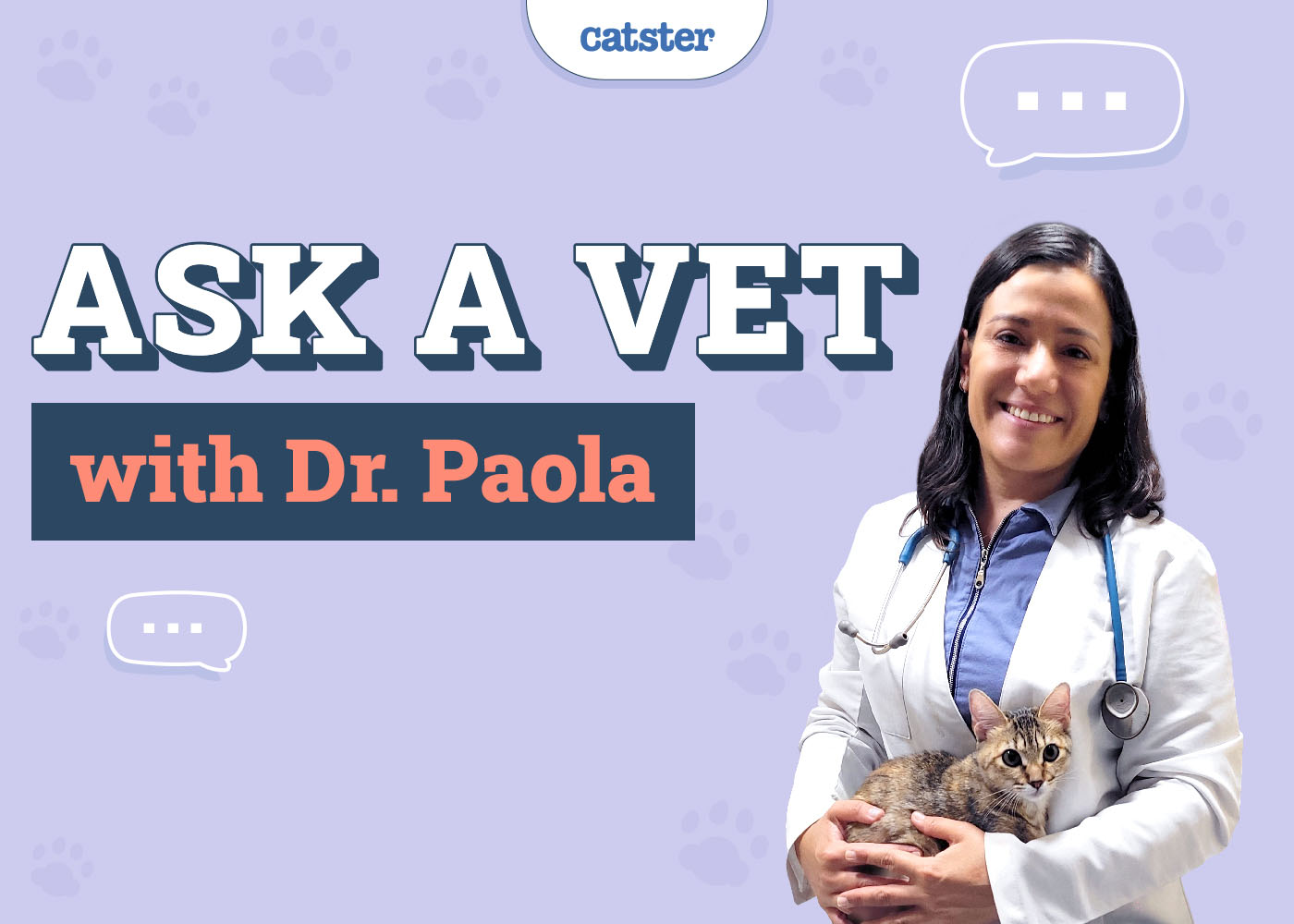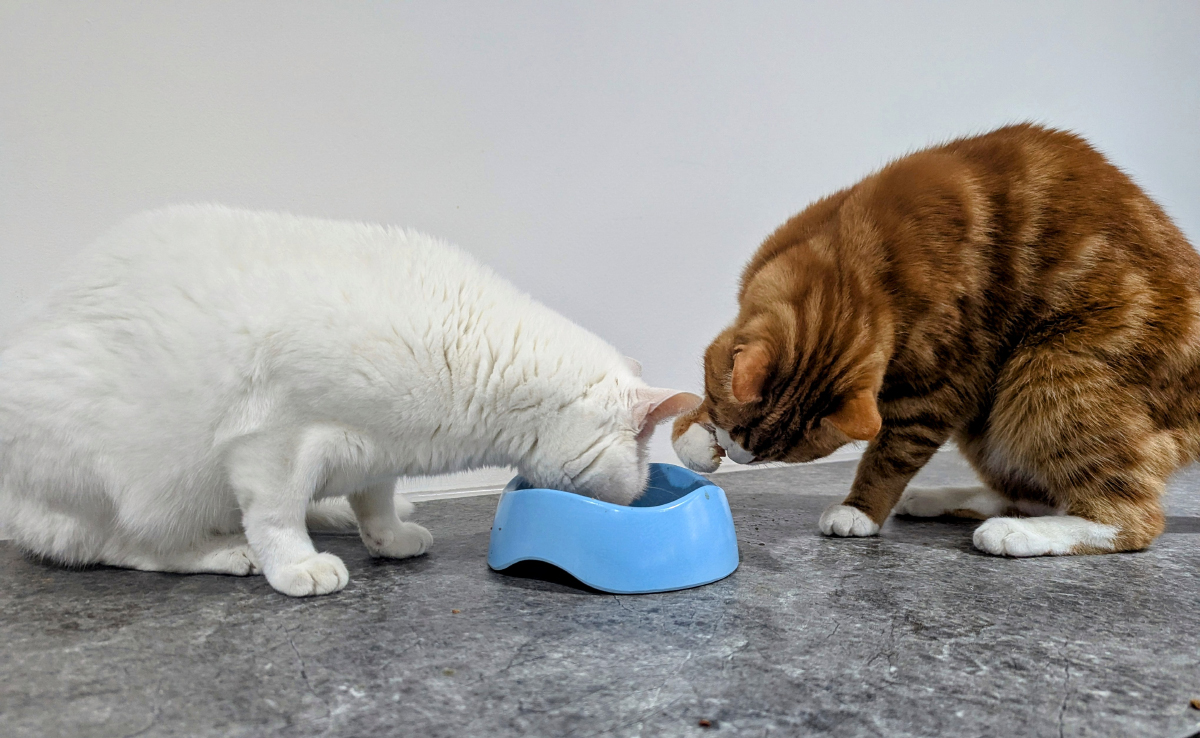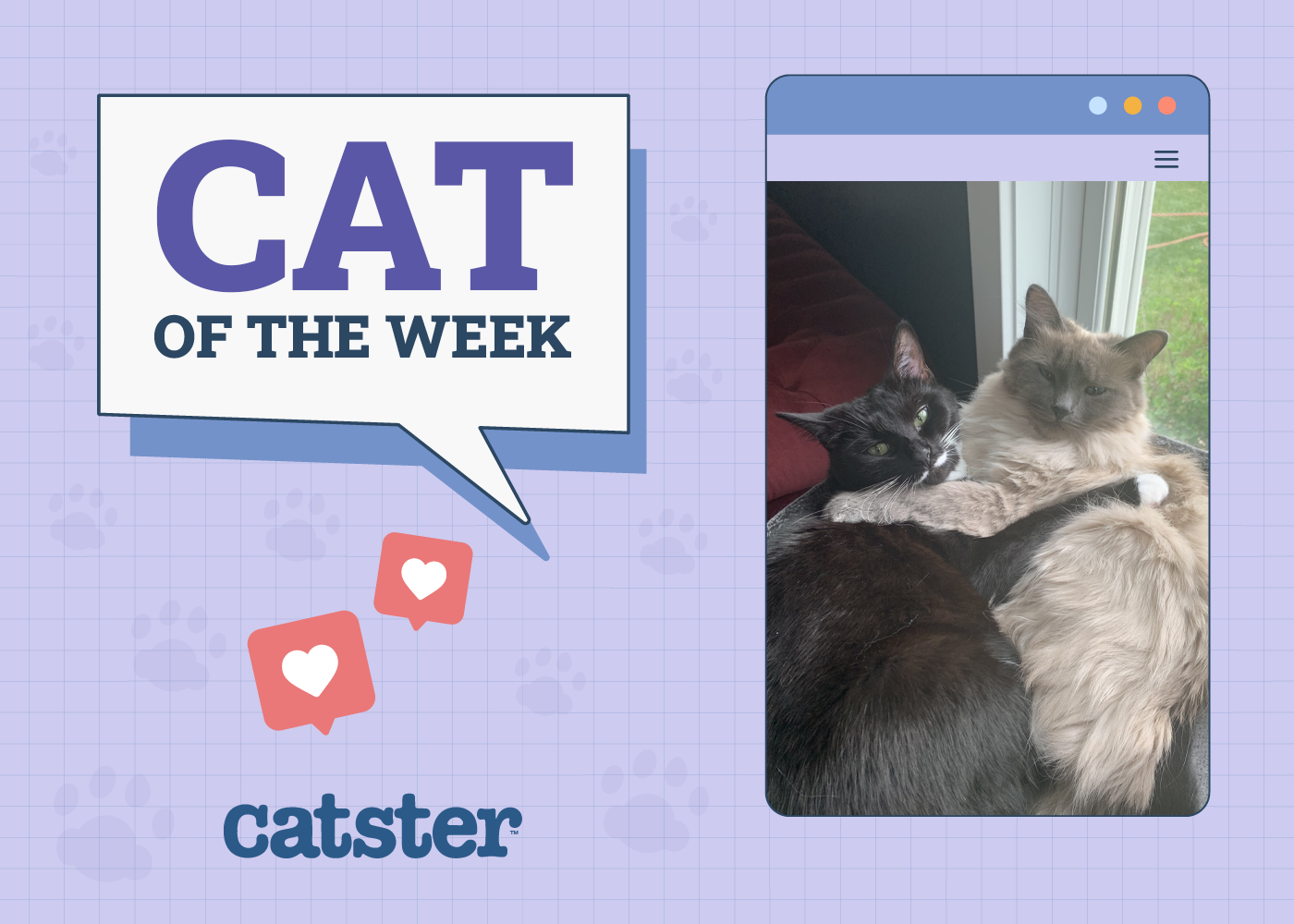My husband and I have been fostering kittens for our local shelter for about five years, and we absolutely love it. The kittens we get are usually about 4 to 5 weeks old. Our main job is to fatten them up and to socialize them until they’re big enough to be adopted, which can take anywhere from two to five weeks, depending on the kittens’ situation. Our own cats are adults now (our youngest is 4), so it’s always fun to have kittens in the house — watching them grow, seeing those little personalities emerge and lots of general kitten cuteness.
But it can definitely be overwhelming when you stop and think about the sheer number of kittens. Now that kitten season has begun, shelters are inundated with them. I recently received an email from our shelter about kittens needing fostering — there were 22 of them in one day. Many shelters just don’t have the resources to care for all those babies. Plus, kittens under 8 weeks of age are too young to thrive in the shelter system. That’s why foster programs are so crucial.

The ASPCA’s Los Angeles Feline Foster Program
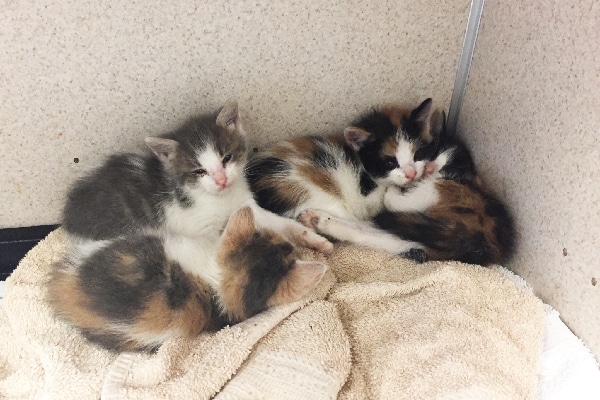
As a foster caretaker, I was excited to learn about the ASPCA’s Los Angeles Feline Foster Program. Now entering its sixth year out of the Baldwin Park Animal Care Center in California, the program’s goal is to save the lives of more cats in L.A. County, especially “peewee” kittens aged 4 to 8 weeks.
In its first year of operation between April and December of 2017, the ASPCA was able to help more than 1,000 kittens, increasing the live release rate for kittens at Baldwin Park by 88 percent compared to the previous year. This year, the goal is to care for 1,500 kittens.
I was invited to take a tour of the Baldwin Park Animal Care Center and learn more about the program earlier this month.
How This Foster Program Stands Out
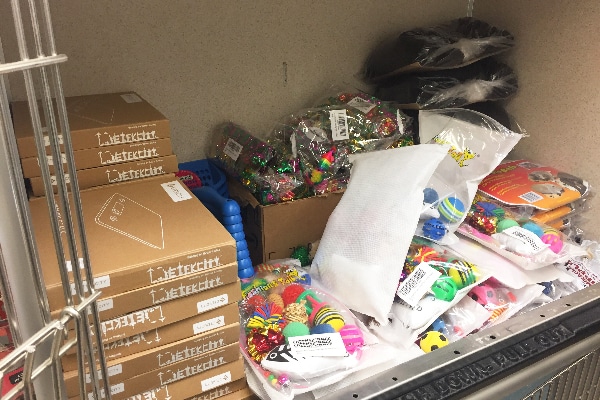
An interesting component of the program is that kittens are diverted from the usual shelter intake process. Instead, when they’re brought to the shelter, they’re evaluated on-site by ASPCA veterinary staff, and then temporarily housed in a trailer set up with kennels and supplies. Ideally, they go straight to their foster homes on the same day.
All kittens go to their foster homes with a supply of toys, food, litter, and other necessities, and the program provides medical care for any issues that might come up.
It was a relatively “slow” day when I was there. There were 10 kennels in the trailer, and only one was occupied — by a sweet little quartet just waiting to be picked up. But I was told that the shelter can get up to 20 peewee kittens a day, which is another reminder about how important foster programs are because there are always more kittens and cats in need than there are fosters available. And every little bit helps — you can make a difference even if you just foster a few kittens throughout the season.
To learn more about this lifesaving program or to sign up to be a foster caretaker in Los Angeles, visit ASPCAspca.org/FosterLA.
Meow for Now Campaign
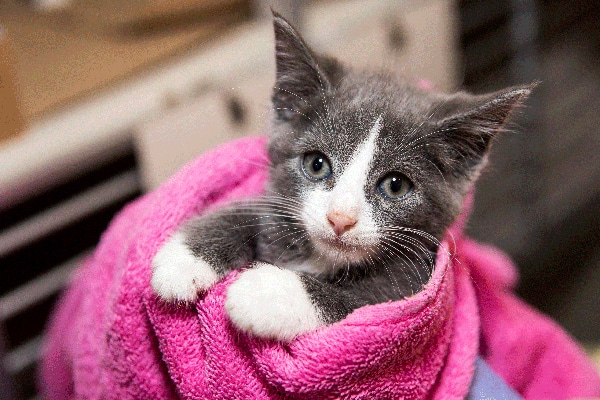
Inspired by the success of the L.A. Feline Foster Program last year, the ASPCA has developed a national campaign to help shelters around the country grow their foster networks and save even more lives. The campaign, Meow for Now, will be launched on June 8, 2018 (just in time for Adopt a Shelter Cat Month!), and its goal is to raise awareness about the need for fosters, as well as to recruit cat lovers to consider fostering in their own communities. More than 500 shelters and rescues nationwide participate, and the ASPCA expects to get tens of thousands of prospective foster parents to sign up across the country.
If you’ve never fostered before but are interested, I highly recommend it! It’s incredibly rewarding and makes a big difference in the lives of these vulnerable kittens who might quickly be running out of options.
Featured Image Credit: ASPCA.

